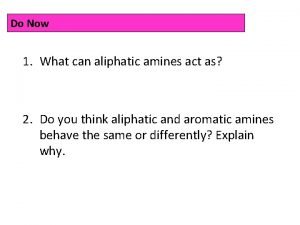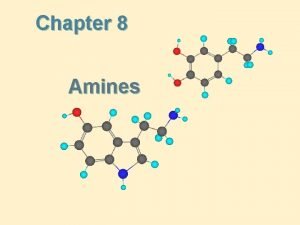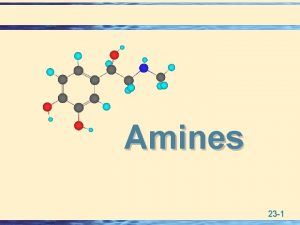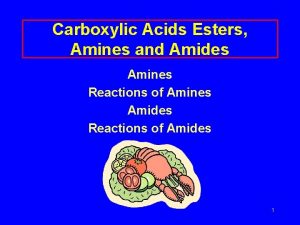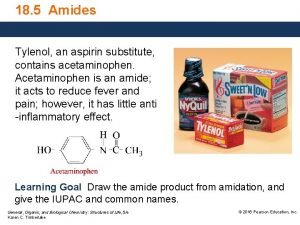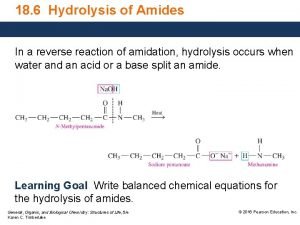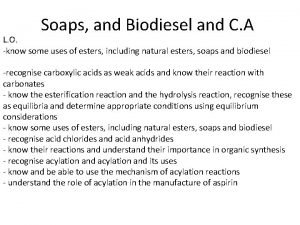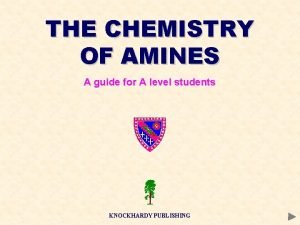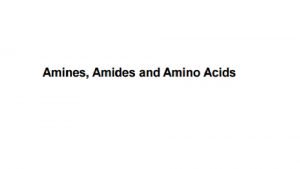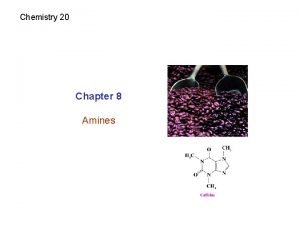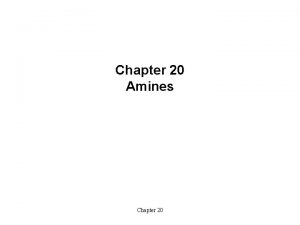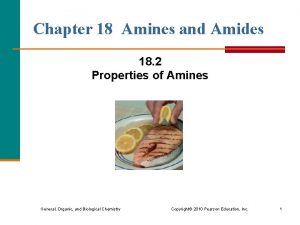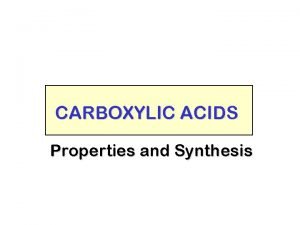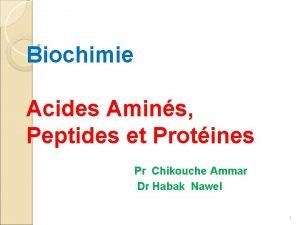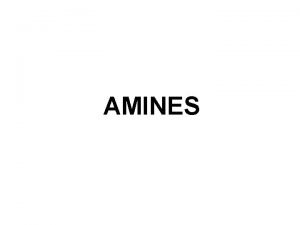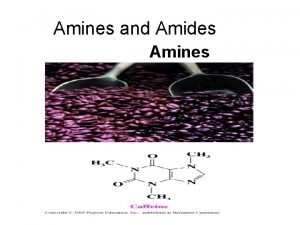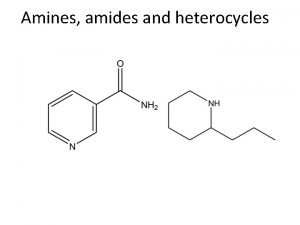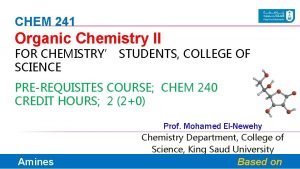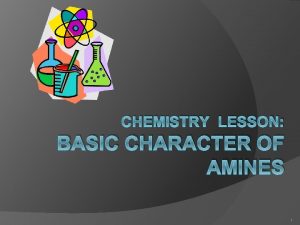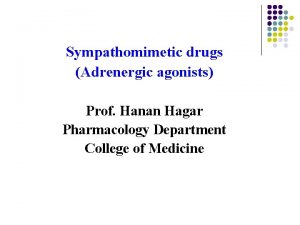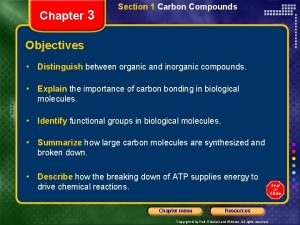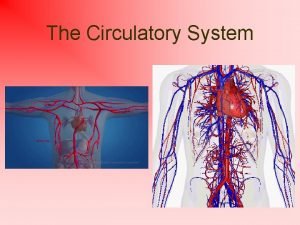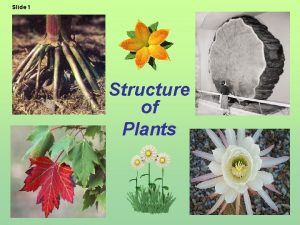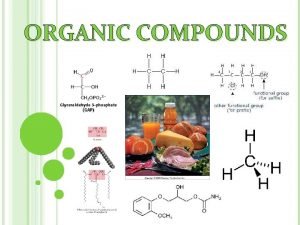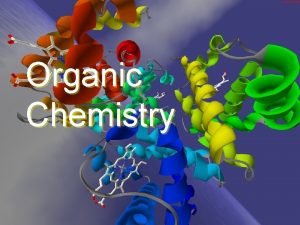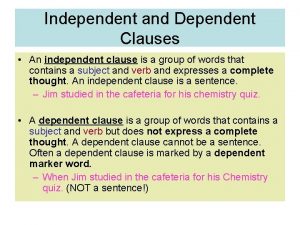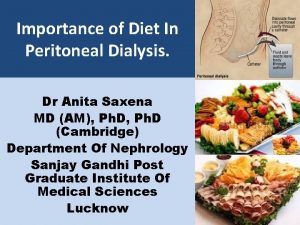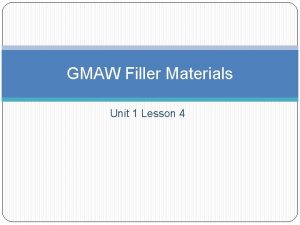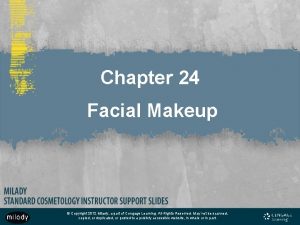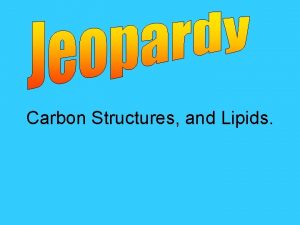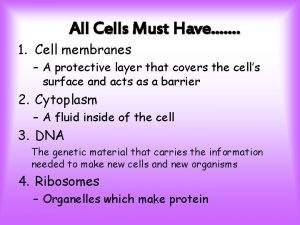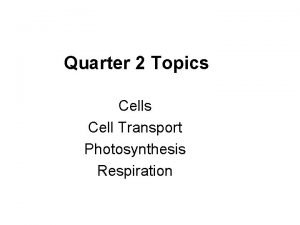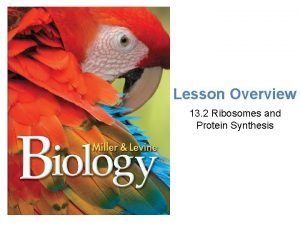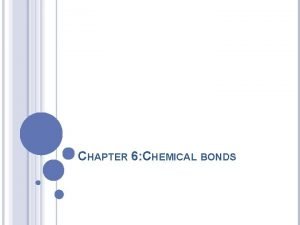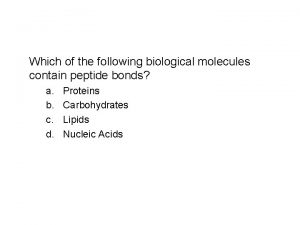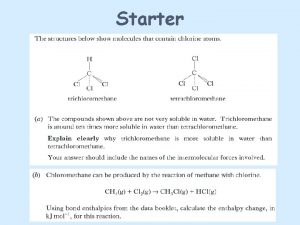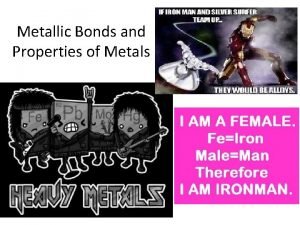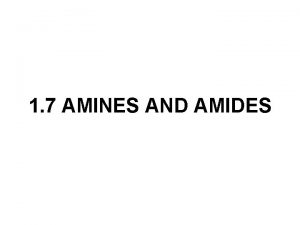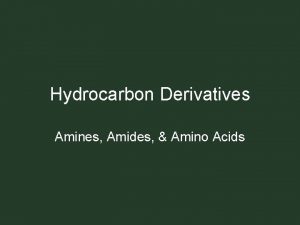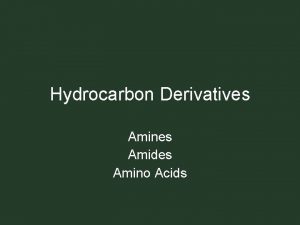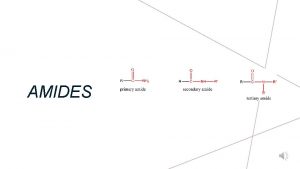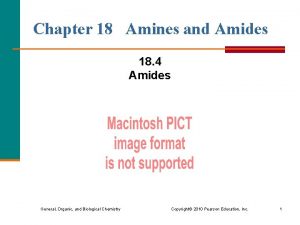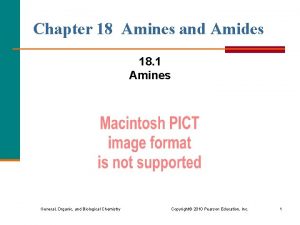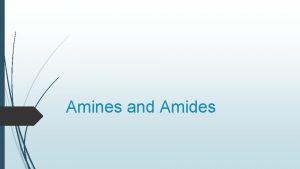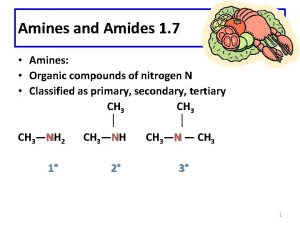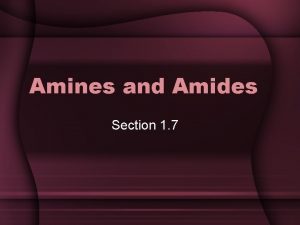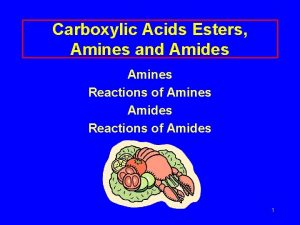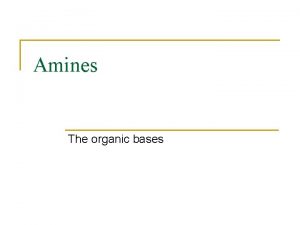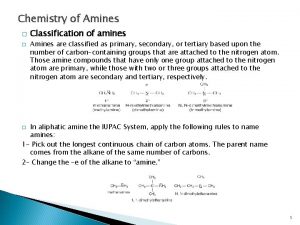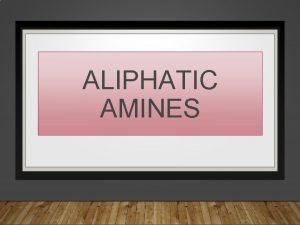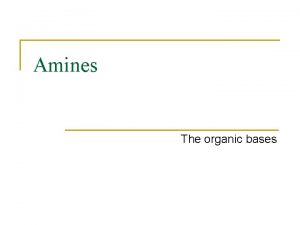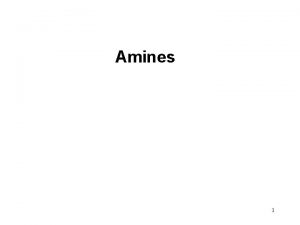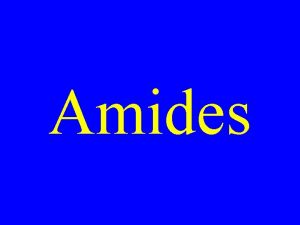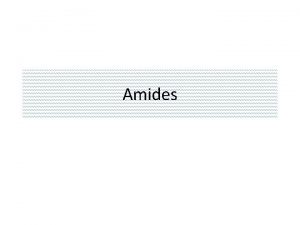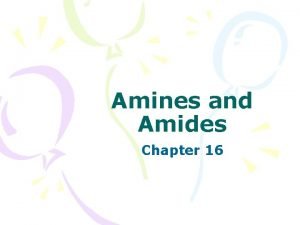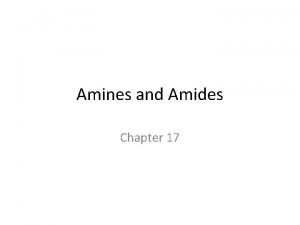Amines and Amides Amines Amines and Amides Contain












































































- Slides: 76

Amines and Amides Amines

Amines and Amides • Contain a nirogen atom bonded to one, two or three carbon atoms • Amines- a nitrogen atom is directly bonded to a carbon • Amide a nitrogen atom is directly bonded to a carbonyl group carbon • A variety of naturally occurring and synthetic amines and amides • physiologically active and hence biologically important

Biological Activity • Amines • Painkillers: heroin, codeine, morphine • Stimulants and decongestants (adrenaline, cocaine, dopamine, amphetamines, nicotine • Neurotransmitters: dopamine • Bioregulators: epinephrine • Vitamins: niacin, Vitamin B 6 • Alkaloids: nicotine, morphine, cocaine

Amines • Structures of biologically active amines

Amides: Biological activity • • • Pain relievers: acetominophen Tranquilizers: Phenobarbital, diazepam Local anesthetics: Novocaine Caffaeine- both an amine and an amide Amino acids, polypeptides and synthetic nylon

Amines are derivatives of ammonia NH 3 • Contain N attached to one or more alkyl or aromatic groups ie • One , two or three of the ammonia hydrogens are replaced by an alkyl or an aryl group CH 3—NH 2 CH 3—NH CH 3—N—CH 3

Classification of Amines classified as primary, secondary, or tertiary. • Primary (1°) amine, one carbon group is bonded to the nitrogen atom. (one C-N bond, 2 N-H bonds). • Secondary (2°) amine has two carbon groups(two C-N bonds, 1 N-H bond). • Tertiary (3°) amine has three carbon groups (three CN bonds, no N-H bond). H | CH 3—N—H 1° CH 3 | CH 3—N—H 2° CH 3 | CH 3—N—CH 3 3° Quaternary (4 ): four C-N bonds, nitrogen has a + formal charge.

Models of Amines • The three-dimensional models show the shapes of amine molecules with one or more alkyl groups bonded to the nitrogen atom. Can also be classified as v. Aliphatic amine-carbon attached to the amine nitrogen is not part of the aromatic ring v. Aromatic: -aromatic carbon is directly bonded

Nomenclature Common nomenclature system Simple amines – have simple substituent groups v Named as alkylamines: the substituents are named without spaces between then, followed by the suffix –amine v Names of the alkyl or aryl groups bonded to the N atom are listed in alphabetical order then add suffix –amine added v Primary amines are named as derivatives of hydrocarbons by changing the ending of the name from e to amine • CH 3—CH 2—NH 2 ethylamine CH 3—NH—CH 3 dimethylamine CH 3 | CH 3—N—CH 2—CH 3 ethyldimethylamine

Common Names diethylmethylamine Cyclopentylmethylamine 1 -amino-methylcyclopentane Diphenylamine

Amine as substituent • On a molecule with a higher priority functional group the amine is named as a substituent. • The NH 2 is named as the amino substituent 4 -aminobutanoic acid 2 -methylaminophenol

IUPAC Nomenclature In the IUPAC system, • Amines are named as alkanamines. • Name is based on longest carbon chain. • The e in the alkane name of the longest chain is changed to amine. • The chain is numbered to locate the amine group and substituents. NH 2 | CH 3—CH 2—NH 2 CH 3—CH—CH 3 Ethanamine 2 -Propanamine

Secondary and Tertiary Amines In a secondary or tertiary amine, • The longest alkane chain is numbered. • Each alkyl group bonded to the N atom is named as a N alkyl group (Substituents on nitrogen have N- prefix. ) • NHR and the NRR’ substituents are named as N-substitute and N, N-disubstituted amino substituents respectively CH 3—CH 2—NH—CH 3 3 2 1 N-Methyl-1 -propanamine 3 -bromo-1 -pentanamine HN—CH 3 | CH 3—CH—CH 2—CH 3 1 2 3 4 N-Methyl-2 -butanamine N, N-dimethyl-3 -hexanamine

Learning Check Give the common and IUPAC names, and classify as primary, secondary, or tertiary: A. CH 3—CH 2—NH 2 CH 3 | B. CH 3—CH 2—N—CH 3

Learning Check Write a structural formula for A. 2 -pentanamine B. N-methyl-1 -butanamine

Aromatic Amines Amino group is bonded to a benzene ring. . The amine of benzene is aniline N, N-dimethylaniline 4 -methylaniline or p-toluidine

Aromatic Amines • Alkyl groups on the N use the prefix N and the alkyl name. Aniline 3 -chloroaniline N methylaniline

Learning Check Give a name for each: A. CH 3—NH—CH 2—CH 3 | B. CH 3—CH 2—N—CH 2—CH 3 C.

Solution A. CH 3—NH—CH 2—CH 3 ethylmethylamine; N-methylethanamine CH 3 | B. CH 3—CH 2—N—CH 2—CH 3 N ethyl-N-methyl-1 -butanamine C. aniline

Properties of Amines

Properties of Amines • The N-H bond in 1° and 2° amines , like the O-H bond of an alcohol participate in Hbonding • However, the degree of polarisation of the NH bond is less than that of the O-H bond • This results in weaker H- bonding attractions in amines cfed to alcohols

Boiling Points • N-H less polar than O-H. • Hence have weaker hydrogen bonding. • Tertiary amines cannot hydrogen bond.

Boiling Points of Amines, cont. The boiling points of 1 and 2 amines are • Higher than corresponding alkanes & ethers • Lower than alcohols of similar mass.

Hydrogen Bonding for Amines v. N-H bond is polar v. Provides hydrogen bonding for the 1°and 2° amines, but not 3°. v. The N-H bond in amines is not as polar as the O-H bonds in alcohols.

Solubility in Water v 1 -5 carbon atoms amines are soluble in water vthe N atom in smaller amines forms hydrogen bonds with the polar O-H bond in water. v solubility is comparable to ethers and alcohols

Solubility and Odor • All amines form hydrogen bonds with water and alcohol. • Branching increases solubility. • Most amines smell like rotting fish. 1, 5 -pentanediamine or cadaverine

Learning Check Consider the following compounds: 1. CH 3—CH 2—NH 2 2. CH 3—CH 2—NH—CH 3 3. CH 3—CH 2—CH 3 A. Which compound has the highest boiling point? B. Which compound(s) is(are) soluble in water?

Solution Consider the following compounds: 1. CH 3—CH 2—NH 2 2. CH 3—CH 2—NH—CH 3 3. CH 3—CH 2—CH 3 A. Which compound has the highest boiling point? 1. CH 3—CH 2—NH 2 B. Which compound(s) is(are) soluble in water? 1. CH 3—CH 2—NH 2 2. CH 3—CH 2—NH—CH 3

Amines React as Bases Amines are • Bronsted-Lowry bases • attract a H+ from H 2 O to the N atom( proton acceptors) • Weak bases in water. NH 3 + H 2 O NH 4+ + OH– ammonium hydroxide CH 3—NH 2 + H 2 O CH 3—NH 3+ + OH– methylammonium hydroxide

Basicity of Amines • Lone pair of electrons on nitrogen can accept a proton from an acid • Hence aqueous solutions are basic to litmus. • eg p. Kb for Ammonia = 4. 74 • Alkyl amines are usually stronger bases than ammonia. • Increasing the number of alkyl groups decreases solvation of ion, so 2 and 3 amines are similar to 1 amines in basicity. =>

Neutralization forms Amine Salts An amine salt forms when an amine is neutralized by acid. • Amine salt is named by replacing the amine part of the name with ammonium followed by the name of the negative ion. CH 3—NH 2 + HCl methylamine CH 3—NH 3+Cl– methylammonium chloride

Amine Salts =>

Properties of Amine Salts Amine salts are • Solids at room temperature. • Soluble in water and body fluids. • Have no fishy odor • Are used as drugs.

Cocaine • Is sold illegally as an amine salt. • Is reacted with Na. OH to produce the free amine form known as “crack”.

Learning Check Write the equation for ethylamine when it reacts with each of the following: 1. + H 2 O 2. + HCl

Solution Write the equation for ethylamine when it reacts with each of the following: 1. CH 3—CH 2—NH 2 + H 2 O CH 3—CH 2—NH 3+ OH– 2. CH 3—CH 2—NH 2 + HCl CH 3—CH 2—NH 3+ Cl–

Heterocyclic Amines & Alkaloids

Heterocyclic Amines A heterocyclic amine • Is a cyclic organic compound. - an amine in which the nitrogen is part of a cyclic structure • Has a five- or six-atom ring. • Contains one or more nitrogen atoms. • Found in a number of compounds of biochemical interest

Examples of Heterocyclic Amines Pyrimidine and pyridine are nitrogen analogues of benzene They posses aromatic properties Pyrole and imidazole also posses aromatic properties

Learning Check Identify the following heterocyclic amines: 1. 2. 3.

Solution Identify the following heterocyclic amines: 1. piperidine 2. pyrrole 3. imidazole

Alkaloids are v. Physiologically active nitrogen-containing cpds v. Produced by plants. v. Used as stimulants, anesthetics & antidepressants. v. Often habit forming.

Caffeine v. Is a stimulant of the central nervous system. v. Is found in coffee beans, tea, chocolate, and soft drinks. v. Amine containing an imidazole ring.

Nicotine • Increases the adrenaline level in the blood. • Causes addiction to tobacco. • Contains a pyrrolidine ring.

Alkaloids Related to Morphine Alkaloids • Such as morphine and codeine are produced by the poppy. • Have been used for centuries as painkillers. • Heroin and codeine are modifications of morphine.

Morphine and Codeine

Pharmacology An area of research • Is to design drugs such as procaine, lidocaine, and demerol that retain some of the characteristics of alkaloids. • Is to modify the structures of cocaine and morphine to produce anesthesia, but without the addictive side effects.

Pharmacology

Learning Check Identify the heterocyclic amine in serotonin

Solution Identify the heterocyclic amine in serotonin. pyrrole

Amides

Amides In amides, an amino group(–NH 2) replaces the –OH group of carboxylic acids. O O || || CH 3—C—OH CH 3—C—NH 2

Naming Amides are named as alkanamides. • Name the carboxylic acid (either IUPAC or common name ) from which the amide is derived • IUPAC replaces –oic acid ending with –amide. • Common names replace ic acid ending with –amide. O Methanamide (IUPAC) H—C—NH 2 Formamide (common) O Propanamide (IUPAC) CH 3—CH 2—C—NH 2 Propionamide (common)

Naming Amides with N Groups • Place the names of substituent(s) bonded to nitrogen at the front of the name- use N as a prefix for each substituent Hence • An alkyl group bonded to the N atom is named as N-alkyl in front of the amide name. O H │ CH 3 —C—N—CH 3 N-methylethanamide (IUPAC) N-methylacetamide (common) O H │ CH 3—CH 2 —C—N—CH 2—CH 3 N-ethylpropanamide (IUPAC)

Aromatic Amides • The amide of benzene is named benzamide.

Preparation of Amides are prepared • By reacting a carboxylic acid with ammonia or a 1° or 2° amine • Using heat. O CH 3—C—OH + NH 3 Heat O CH 3—C—NH 2 + H 2 O O O Heat CH 3—C—OH + CH 3—NH 2 CH 3—C—NH—CH 3 + H 2 O

Chemical reactions • Amides unlike amines are neutral • Basicity of amines is due to the availability of the non-bonded electron pair on nitrogen for bonding to a proton • The nitrogen electron pair in amides is not available for bonding to a proton • The carbonyl group pulls electron density toward it from the nitrogen

Learning Check Give the IUPAC and common names for the following: A. O CH 3–CH 2–C–NH 2 B. O H │ CH 3–C–N–CH 2–CH 3

Solution A. B. O CH 3–CH 2–C–NH 2 butanamide; butryamide OH │ CH 3–C–N–CH 2–CH 3 N ethylethanamide; N ethylacetamide

Learning Check Draw the structures of A. pentanamide B. N-methylbutyramide

Solution A. pentanamide O CH 3–CH 2–CH 2–C–NH 2 B. N-methylbutyramide O CH 3–CH 2–C–NH–CH 3

Classification of Amides • Amides are classified according to the number of carbon atoms bonded to the nitrogen atom. O H || | CH 3—C—N—H Primary (1°) amide O H || | CH 3—C—N—CH 3 Secondary (2°) amide O CH 3 || | CH 3 —C—N—CH 3 Tertiary (3°) amide

Learning Check Give the common and IUPAC names for the following amides and classify as primary, secondary, or tertiary: A. O || CH 3—CH 2—C—NH 2 B. O CH 3 || | CH 3—C—N—CH 2—CH 3

Solution O || A. CH 3—CH 2—C—NH 2 butryamide (common); butanamide (IUPAC) primary(1°) amide O CH 3 || | B. CH 3—C—N—CH 2—CH 3 N ethyl-N methylacetamide (common); N ethyl-N methylethanamide (IUPAC) tertiary (3°) amide

Some Amides in Health and Medicine • Urea is the end product of protein metabolism. • Saccharin is an artificial sweetener. • Some amides such as phenobarbital, Nembutal and Seconal are barbiturates. • Acetaminophen is used to reduce fever and pain.

Some Amides in Health and Medicine

Physical Properties of Amides • primary (−NH 2) and secondary (−NH−) form hydrogen bonds. • Hence primary have higher melting points than secondary. • MP and Bp of comparable MW varies 1>2> 3 - Similar order as amines • Intermolecular forces greater for 1 &2 amides • This participate in H-bonding due to N-H bonds

Physical Properties of Amides • Tertiary amides do not have N-H bonds • H-bonds is more extensive for 1 amides cfed to 2 since there are twice as many NH bonds in the former tertiary (no H on N) do not form H-bonds and have lower melting points. • All form hydrogen bonds with water.

Solubility of amides • Unlike MP and BP amides show high solubility • Amides with 1 -5 carbon atoms are soluble in water. • Tertiary amides do not have N-H bonds but form H-bonds with water via carbonyl groups and their nitrogens

Solubility of amides • High solubility is due to exceptionally high polarity due to interaction btwn the carbonyl group and the non-bonded electron pair on nitrogen • The carbonyl group is polarised which results in withdrawal of the nitrogen electron pair toward the carbonyl carbon • Larger charge seperations results in increae polarity and increased intermolecular forces even greater than those of H-bonding

Hydrogen Bonding of Amides O || CH 3—C—N—H | H occurs O || CH 3—C—N—H | H Hydrogen bonding between primary amides.

Hydrolysis of Amides

Hydrolysis of Amides Undergo hydrolysis in the lab in pressence of either an acid or base acatalyst Produces corresponding carboxylic acid and amine Biologically similar to enzyme controlled digestion in biological systems Amides undergo acid hydrolysis base hydrolysis carboxylic acid ammonium salt of carboxylic acid an amine or

Hydrolysis Reactions O acid hydrolysis || O CH 3—C—OH + NH 4+Cl– || HCl + H 2 O CH 3—C—NH 2 base hydrolysis O || CH 3—C—O– Na+ + NH 3

Learning Check Write the equation for the hydrolysis of N ethylpropanamide with Na. OH.

Solution Write the products of the hydrolysis of N ethylpropanamide with Na. OH. O CH 3—CH 2—C—N—CH 2—CH 3 + Na. OH N-ethylpropanamide O CH 3—CH 2—C—O– Na+ + CH 3—CH 2—NH 2
 Aliphatic amines
Aliphatic amines Aliphatic amines and aromatic amines
Aliphatic amines and aromatic amines Guanidine basicity
Guanidine basicity Naming ethers
Naming ethers Carboxylate ion
Carboxylate ion Amides reactions
Amides reactions Name amides
Name amides Amide hydrolysis
Amide hydrolysis Naming amides
Naming amides Vital amines meaning
Vital amines meaning Amino acid optical isomers
Amino acid optical isomers Naming ammonium salts
Naming ammonium salts Acide conjugué
Acide conjugué Amines vasoactives
Amines vasoactives Physical properties of amines
Physical properties of amines Amines geometry
Amines geometry Amines hydrogen bonding
Amines hydrogen bonding Amine carboxylic acid reaction
Amine carboxylic acid reaction Acide aminé lettre
Acide aminé lettre Ketone and secondary amine reaction
Ketone and secondary amine reaction Ch3 nh ch ch3 twice
Ch3 nh ch ch3 twice Are amines soluble in water
Are amines soluble in water Solubility of amines
Solubility of amines Basicity amines
Basicity amines Do aromatic amines give hinsberg test
Do aromatic amines give hinsberg test Aniline reacts with bromine water at room temperature
Aniline reacts with bromine water at room temperature Basic character of amines
Basic character of amines Sympathomimetic agents
Sympathomimetic agents The rate of weathering depends upon the area's ____
The rate of weathering depends upon the area's ____ Seltzer water and sodas contain a very mild
Seltzer water and sodas contain a very mild Kahoot question tags
Kahoot question tags High fat or shortened cakes
High fat or shortened cakes Fastest land dwelling creature
Fastest land dwelling creature All organic compounds contain carbon and ________.
All organic compounds contain carbon and ________. All crm packages contain modules for prm and erm.
All crm packages contain modules for prm and erm. An effective paragraph must
An effective paragraph must Facts of file
Facts of file Which sentence contains a participle?
Which sentence contains a participle? Us dot hazmat training test
Us dot hazmat training test Does a simple sentence have a dependent clause
Does a simple sentence have a dependent clause Blood contain
Blood contain Reproductive structure of a plant
Reproductive structure of a plant What information should a master cleaning schedule contain?
What information should a master cleaning schedule contain? Give me a sentence
Give me a sentence All organic compounds must contain the element
All organic compounds must contain the element Organic compounds must contain:
Organic compounds must contain: A carbohydrate is an organic compound because it contain
A carbohydrate is an organic compound because it contain Unit of avogadro number
Unit of avogadro number Does integer contain decimal
Does integer contain decimal Independent clause
Independent clause What is a dependent marker
What is a dependent marker Foods high in phosphorus
Foods high in phosphorus All carbon steel filler metals used for gmaw contain
All carbon steel filler metals used for gmaw contain How do series and parallel circuits differ?
How do series and parallel circuits differ? First paragraph of an essay
First paragraph of an essay Unshortened cake examples
Unshortened cake examples Image enhancers milady
Image enhancers milady What elements do lipids contain
What elements do lipids contain What is the controlling idea
What is the controlling idea All cells must have
All cells must have The missouri compromise what ideas did the measure contain
The missouri compromise what ideas did the measure contain Example of relocating loader
Example of relocating loader Why root hair cells do not contain chloroplasts
Why root hair cells do not contain chloroplasts The bubbles released by elodea contain mostly
The bubbles released by elodea contain mostly What does sperm contain
What does sperm contain Chloroplast contain saclike photosynthetic membranes called
Chloroplast contain saclike photosynthetic membranes called Genes contain instructions for assembling
Genes contain instructions for assembling Do refrigerator cookies contain a high proportion of fat
Do refrigerator cookies contain a high proportion of fat Calcium ion formula
Calcium ion formula A rectangular page is to contain 24 sq in of print
A rectangular page is to contain 24 sq in of print Lash lengtheners that contain fibers
Lash lengtheners that contain fibers What biological molecules contain peptide bonds
What biological molecules contain peptide bonds Proteins contain what elements
Proteins contain what elements Pointers are variables that contain
Pointers are variables that contain Pointers are variables that contain as their values
Pointers are variables that contain as their values Brass metallic bond
Brass metallic bond Allylides are ionic carbides. they contains
Allylides are ionic carbides. they contains
